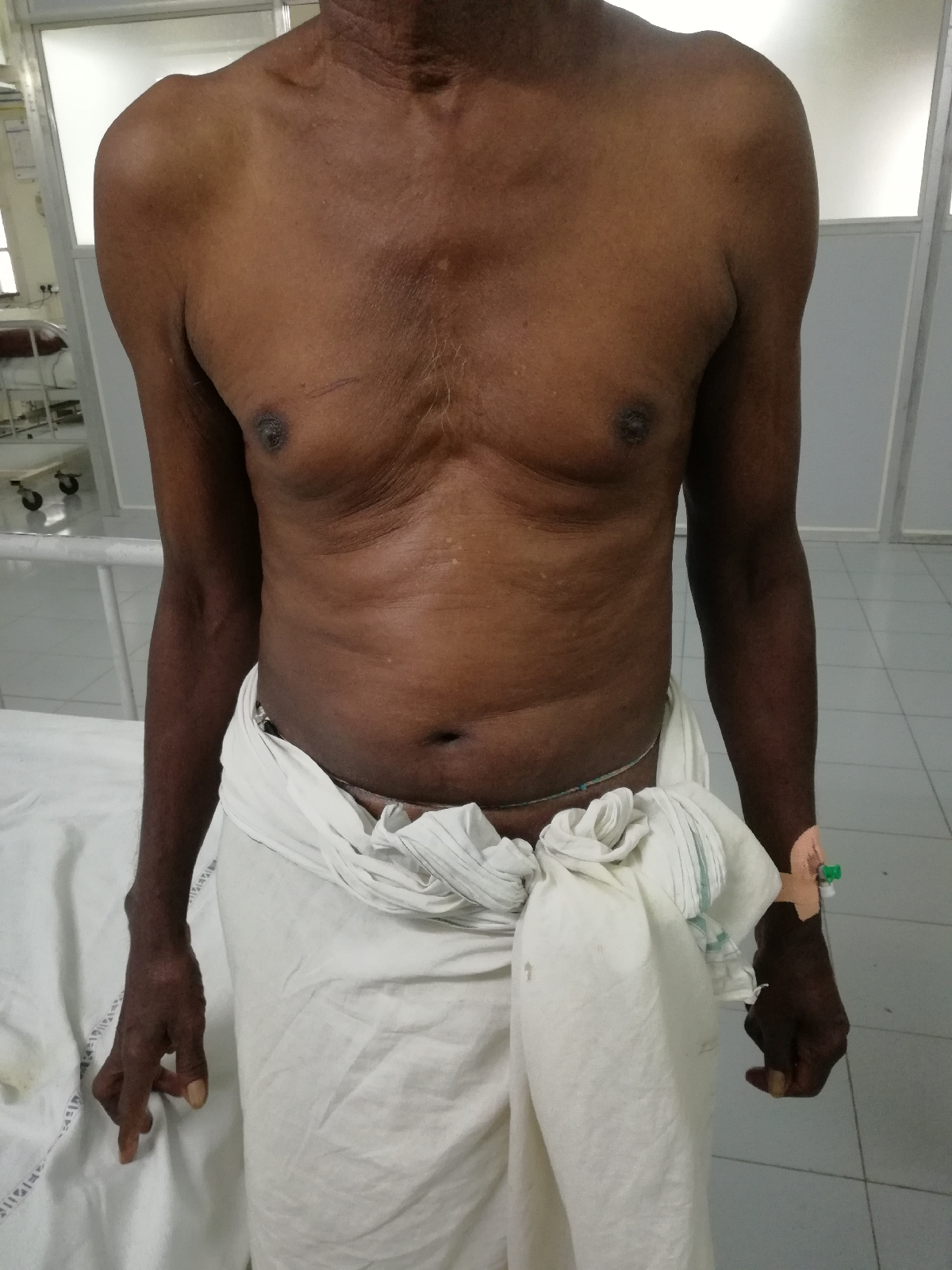BIMONTHLY INTERNAL ASSESSMENT

26 year old woman with complaints of altered sensorium somce 1 day,headache since 8 days,fever and vomitings since 4 days More here: https://harikachindam7.blogspot.com/2020/12/26-year-old-female-with-complaints-of.html Case presentation links: https://youtu.be/fz9Jssoc-mA https://youtu.be/d4lLX04oL8 https://youtu.be/CSCxw2zp7Oc a). What is the problem representation of this patient and what is the anatomical localization for her current problem based on the clinical findings? problem: • headache 1 -2 times /week since 1 month and along with neck pain • both hands small joint pain and later elbow and shoulder involved. she diagnosis as SLE • she present to causality with altered sensorium and irrelavent talk • history of vomittings and generalised weakness ,decreased appetite ,unable to walk • history of low grade fever and joint pain Anatomical location : she has low grade fever,chronic headache along with neck pain and altered sensorium.....suggested may be problem in the b


